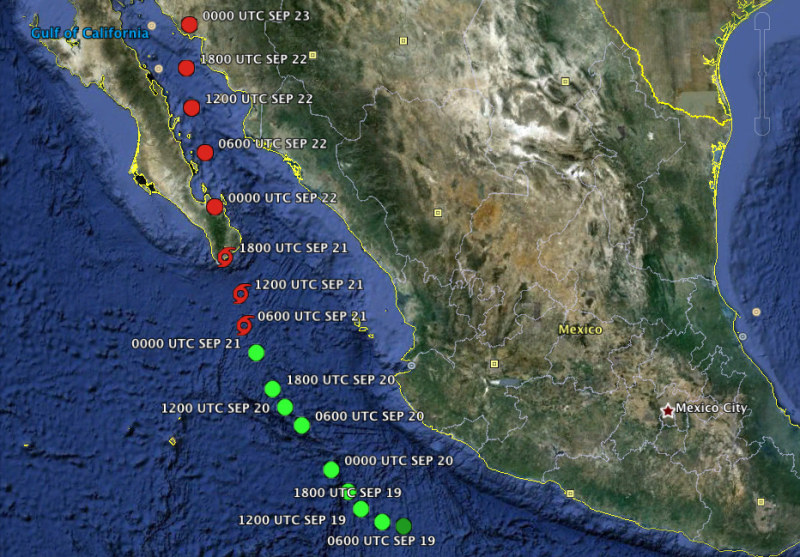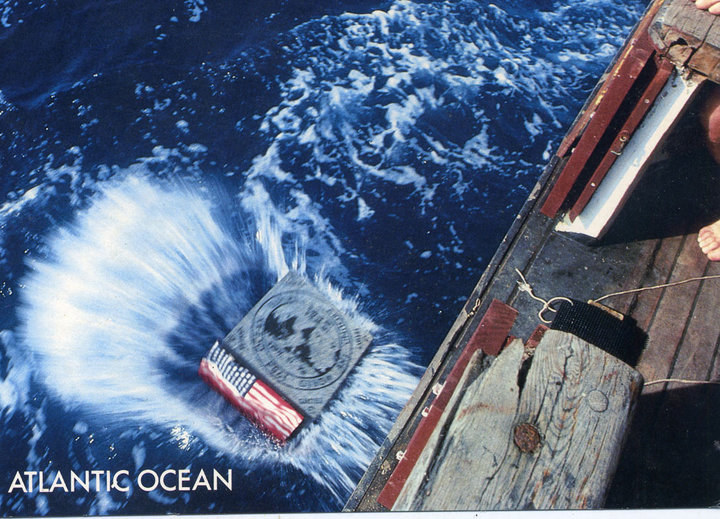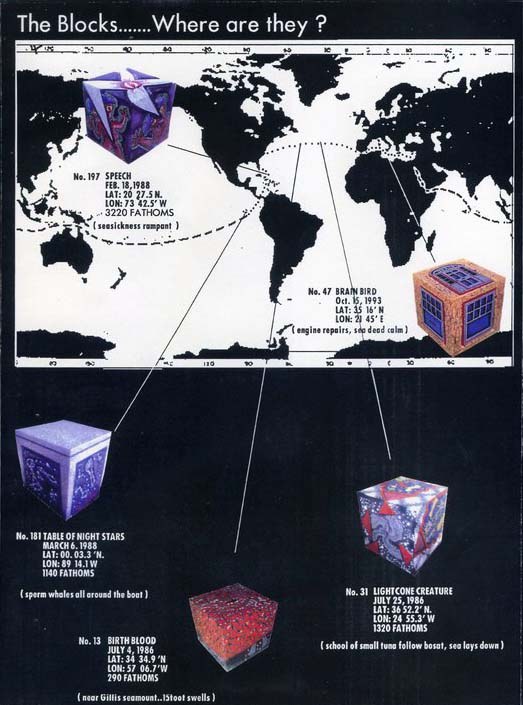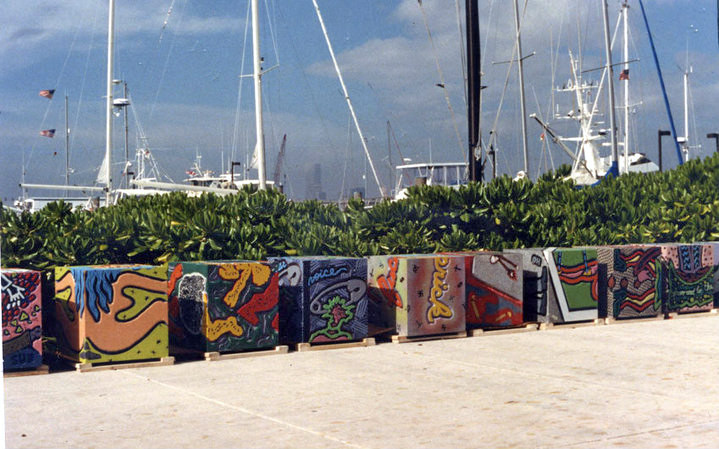
October’s Latitude is Ready to Read
Though the weather over the last few days has been decidedly summer-like, fall fell on the Bay Area last month . . . and you know what that means: Big Boat Series. In the October issue of Latitude 38, which is making its way to all the normal places today, you can read all about the ins and outs of one of the most challenging Big Boats in recent history, thanks to a historic lack of wind. The Melges 32 Worlds didn’t suffer the same fate, just a week later, and we have the photos to prove it! But it wasn’t all racing last month — dozens of southbound cruisers stopped in the Bay for a quick respite and we spoke with seven of them. We think you’ll find their stories fascinating. More southbound cruisers are also featured in the last installment of Baja Ha-Ha entry profiles. On top of all this, you’ll also find out how to circumnavigate the recession, what to do when an evil mahi strikes, the proper way to take a shower onboard, what Andrew Vik did on his summer vacation, and just how The Wanderer has managed to make it through 400 issues with his sanity (most of it, anyway) intact. Happy reading!
Georgette Who?
We don’t normally report on much-touted weather systems that fizzle out, but with 196 Baja Ha-Ha boats soon to be headed south, a lot of sailors have been asking us about the effects of Tropical Storm Georgette. She passed right over Cabo on September 21, then on to La Paz the next day.
The bottom line: She did virtually no damage in either Cabo or La Paz. "We had lots of water running down our launch ramp," says Cabo Marina office manager Norma Flores, "and a few cars got stuck. But that was about it." The good news is that Cabo did see a lot of much-needed rainfall that has given the surrounding hills a bit of greenery. It rained during most of the day, but max winds were only around 35 knots.

In nearby La Paz, Georgette was about as memorable as a typical blind date. "It was actually sunny overhead when the storm was supposedly passing us," recalls Neil Shroyer of Marina de La Paz. There was no rainfall and no damage anywhere in town.
All in all, 2010 has been a very light year for storm damage in Mexico, making the allure of our sourthern neighbor all the more powerful to sun-hungry cruisers. The Ha-Ha rally begins Monday, October 25, just outside San Diego Bay. Look for updates here.
Support the SF A-Cup Bid!
Is it October already? It seems like yesterday that BMW Oracle Racing and USA gave Alinghi 5 a mighty thrashing. But it wasn’t just yesterday, and here we are looking forward to one of the most pivotal moments in the effort to see the match for the 34th America’s Cup come to American waters once again. On Monday, the Board of Supervisor’s Land Use Committee will meet at City Hall, room 263 at 1 p.m. to discuss the term sheet negotiated with BMW Oracle Racing by the Mayor’s office. Come to the meeting to testify in support. In the meantime, write the Mayor’s office and the Board of Supervisors to let them know how important it is that the Cup come here.
Help Put Art on the Bottom of the Ocean?
"My name is Bob Schuler. I am a New York artist who, as part of the Tethys Project, has slowly been circumnavigating the globe and dropping sculpted granite cubes overboard every 100 miles along the way. The blocks are 16-inch granite cubes that weigh about about 430 pounds each. They have text and designs cut in the faces. Scientists tell me that the cubes, depending on where they land on the bottom, should last 60 to 200 million years.

"I started the Tethys Project in ’84 as a way of creating a ‘necklace’ of granite cubes on the ocean bottom around the world. I simply want to leave a mark on or in the earth that would reflect my take on the culture I’ve lived in. I express my take in the images I’ve sculpted on the cubes.
"In ’85, we dropped 40 cubes in 60 days while sailing across the Atlantic on a 100-year-old, 60-ft Dutch double-ender. So it can be done.

"Because my next leg, from the Galapagos to Tahiti, fits the Pacific Puddle Jump itinerary so well, I wondered if there might be ways for the Tethys Project to interface with Puddle Jumpers. I am currently working with a skipper from San Francisco who has a boat that can handle the job of dropping some of the cubes. I also have several documentary producers interested in film/video production of the trip.
"But a documentary involving more boats and more people would be vastly more interesting, so I was thinking that the Tethys Project could supply boats planning to make the crossing via the the Galapagos or even Mexico with cubes that their crews could push overboard at given points along the way. Naturally, we would provide instructions on how to push the blocks over and where to do it. We also would expect that the pushing of the cubes overboard would be recorded in some way. We might even be able to supply some of the cameras. And since the boats will be in radio contact, even casual deck talk could be recorded, helping make for more interesting documentation.

"For their service, we would reimburse each boat to the tune of $1,000. What I need to know is if there are any Puddle Jumpers interested in collaborating with Tethys in the manner described. If so, please visit our Facebook page and/or contact me via email.
"The money for the project comes from private patrons and grant money — although at present I am desperately looking for additional funds. I know this isn’t for everyone, but what is?"
